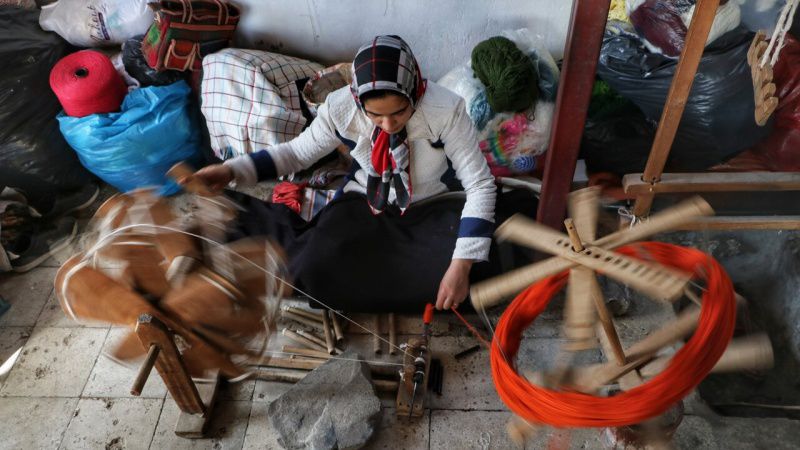Jajem, a cherished product of Kurdish handicrafts, represents one of the oldest artistic traditions in the region. Historically crafted by women at home, this craft has recently transitioned into small and medium-sized factories, helping to preserve and promote this cultural heritage.
Made from the wool of animals, Jajem production begins during the shedding season, when wool is collected, washed, and then taken to specialized factories. There, it is separated, rolled, and dyed in vibrant colors such as yellow, red, green, blue, and white.
Traditionally, Jajem holds a significant place in Kurdish culture. The tools used in its creation are simple, yet the process is labor-intensive, taking about four days to complete a single piece. In the Hewramabad region, it is customary for a girl’s family to gift a Jajem to her upon marriage, symbolizing love and support.
While Jajem was once used for a variety of purposes, its contemporary applications are primarily as blankets, rugs, and mattresses, showcasing the enduring significance of this craft in Kurdish life. As the art of Jajem making continues to evolve, it remains a vital link to the past and a testament to the skill and creativity of Kurdish women.

